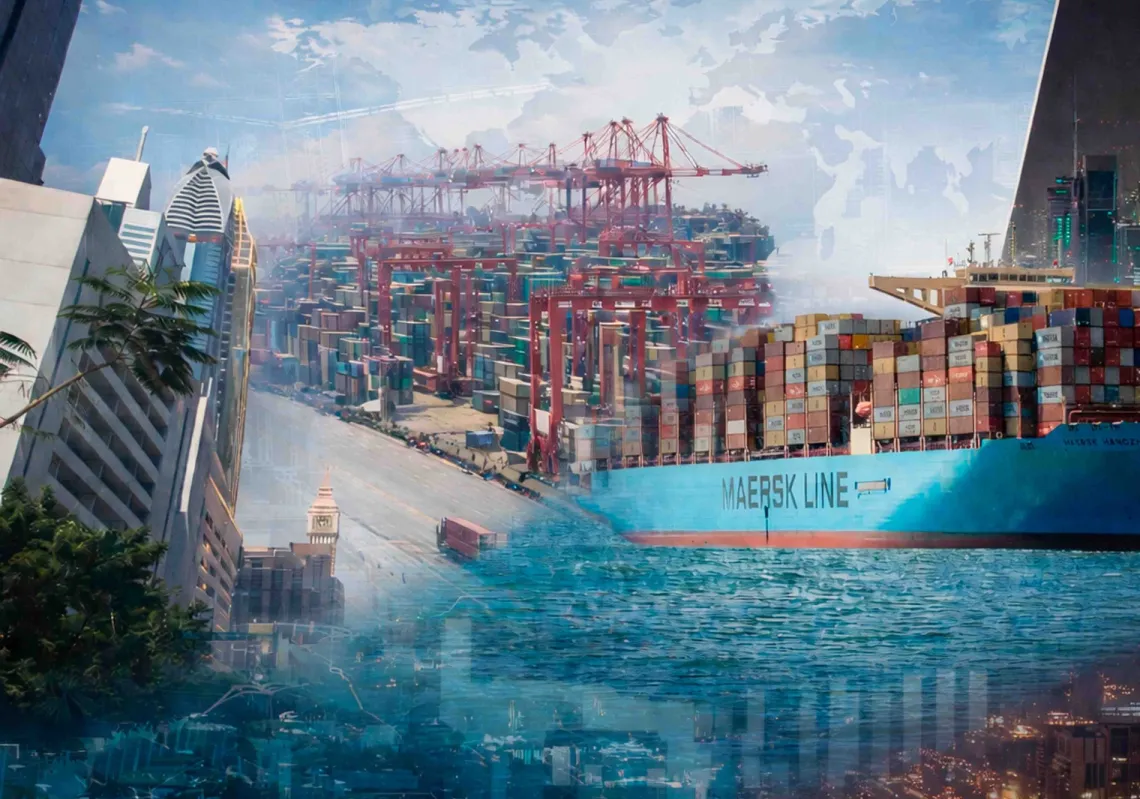Which cartoon character does the American economy most resemble?
The consensus view in recent years, as propounded by a former Treasury secretary, a former president of the New York Federal Reserve and the chief economist of a big asset manager, is Wile E. Coyote, the dogged but hapless adversary of Road Runner.
They were referring to the unfortunate predator’s tendency to careen off a cliff, defying gravity for a few moments before plunging into the canyon below.
America’s run of heady growth, the analogy implied, could not persist amid rampant inflation; a reckoning was inevitable. But in fact, since late 2022, it is inflation that has plunged, whereas the economy has pulled off something that the coyote never managed and leapt across the canyon.
Since the end of 2019—a period that includes the covid-19 pandemic and its aftermath—America’s economy has grown by about 8% in real terms. During that same time, the euro area has expanded by only 3%, Japan a piddling 1% and Britain not at all. America is the only big economy that is back to its pre-pandemic growth trend.
Alan Blinder of Princeton University has examined the 11 previous episodes over the past six decades in which the Fed raised interest rates to quell inflation. Most ended at the bottom of the metaphorical canyon in recessions.
The Fed did manage to guide the economy through a couple of less harmful descents but has only once previously achieved a painless one, in 1994-95.
Mr Blinder thinks its current steering is the most impressive, however, given the starting point: the economy was gripped by much higher inflation this time around, forcing the Fed to raise interest rates rapidly.
“We’re there. We’ve had the soft landing,” he says.
Calling it a soft landing may, in fact, be an understatement, for what is most striking about the American economy at present is not its deceleration but its continued momentum.

On 26 February, the National Association for Business Economics published its quarterly survey of professional economists. Three months ago, the median forecast was for growth of 1.3% this year; now, it is 2.2%, which is just short of last year’s 2.5% growth.
Yet the steady expansion has not stopped inflation from falling: the same economists see it receding to an annual rate of 2.1% by the end of 2024 (using the Fed’s preferred gauge), almost bang on the central bank’s target of 2%.
It is not just economists who are upbeat. America’s stockmarkets keep hitting new records. Corporate earnings are set to rise strongly this year. Ordinary folk, too, are growing more optimistic.
Meep, meep
How exactly has America done this?
One way of looking at its run of strength is to focus on demand. Every element of it—consumption, investment, foreign trade—added to growth last year and may well do so again this year. Three factors have underpinned this broad-based strength: buffers, fiscal catalysts and diversification.
When the Fed jacked up rates in 2022, it seemed inevitable that the abrupt tightening would hobble the economy. That, after all, was the point: to bring down inflation by slowing growth.
The median projection of Fed officials at the end of 2022 was that the unemployment rate would rise by a percentage point last year; many others assumed the damage would be much worse. Instead, it barely budged, remaining below 4%, close to a 50-year low.
That is because both consumers and businesses have been insulated to some degree from the chill of higher rates. The insulation is partly a product of the giant stimulus doled out by both the Trump and Biden administrations at the height of the pandemic.
This marked America out at the time: in 2020 and 2021, its government deficit averaged 14% of GDP. In the euro area, the average was 6%. Both directly (handouts) and indirectly (a quicker economic recovery), this support padded Americans’ bank accounts.
Those savings have lasted a surprisingly long time. Researchers with the San Francisco Fed have estimated that households’ excess savings (compared with the pre-pandemic trend) peaked at $2.1tn in August 2021.
Early last year they thought this stash would be used up in a matter of months. But after data revisions towards the end of 2023, they concluded that households were sitting on an extra $400bn, enough to last through the first half of this year.














